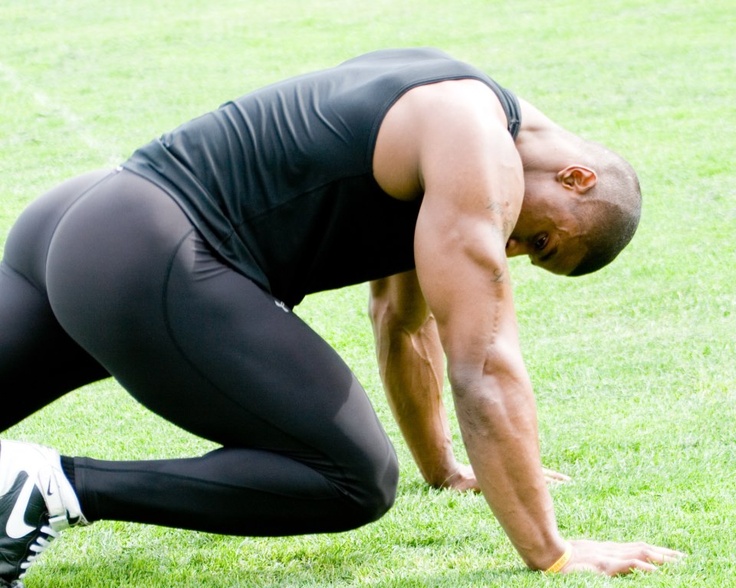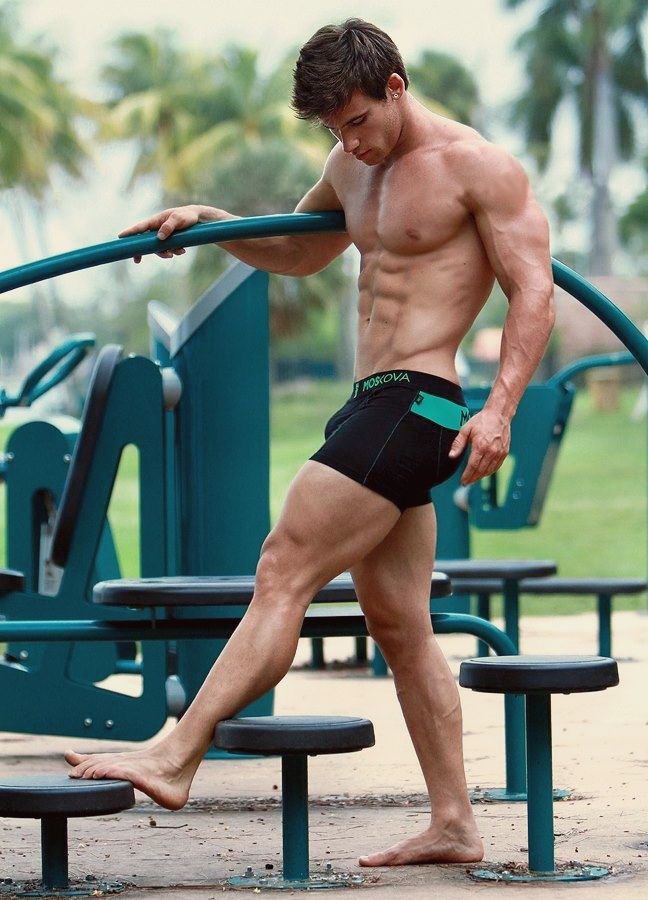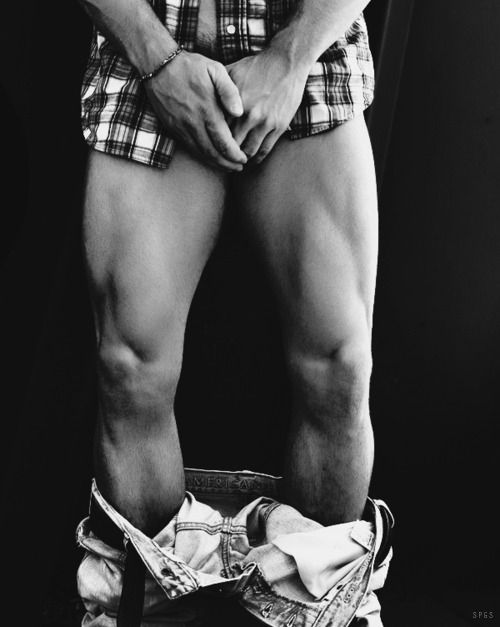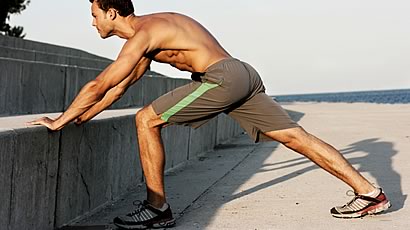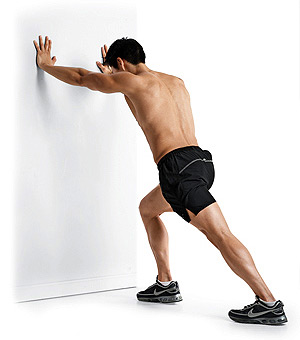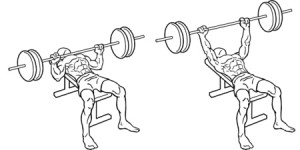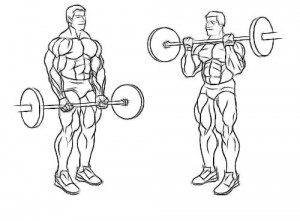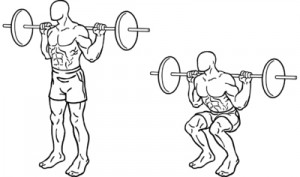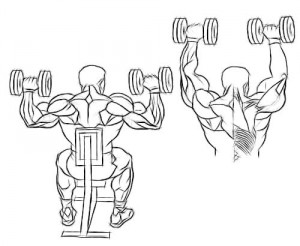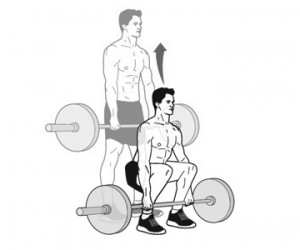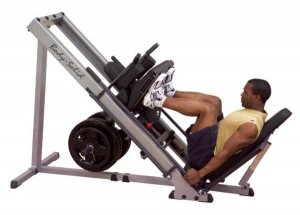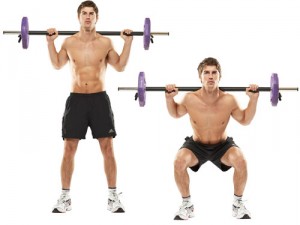What do leg day and jump rope have in common?
People often skip them.
But, as they say, you can’t spell legendary without leg day. Literally, you actually can’t.
I understand why many exercisers aren’t serious about their legs. After all, legs are not as showy as the biceps, abs or pectorals; unless you’re wearing underwear or a speedo, the hamstrings, quads and glutes tend to be a bit more subtle. Because the lower body doesn’t get as much attention (and doesn’t always see the light of day), it tends to get neglected at the gym.
Today, let’s do things differently. Let’s give legs the attention that they deserve. They’ve gone under-appreciated for far too long. It needs to stop. And it stops right now.
If you’re not a leg-lover, I’m going to try to convert you. Scroll down to begin the process.
Gorgeous, beautiful, muscular legs. They are glorious. They are proof that there is a God, and that she loves you. They are everything.
Of course, beyond looking sexy as hell, strong legs provide a number of other benefits. For one, strong legs help with lifts and other upper-body exercises and they reduce your risk of injury. Research also shows that leg workouts lead to better cardiovascular health. And having more lower body muscle mass helps to boost your metabolism; that means more calories burned each day - even when you do nothing.
If you’re a believer in leg day, click the like button and share this important message with the world. In a world of six packs, pecs and biceps, it’s time for legs to shine.
P.S. If you’re looking for a guaranteed strategy for building muscle in your legs (or anywhere else!) download Size Matters: Davey Wavey’s Foolproof Guide to Building Muscle.








